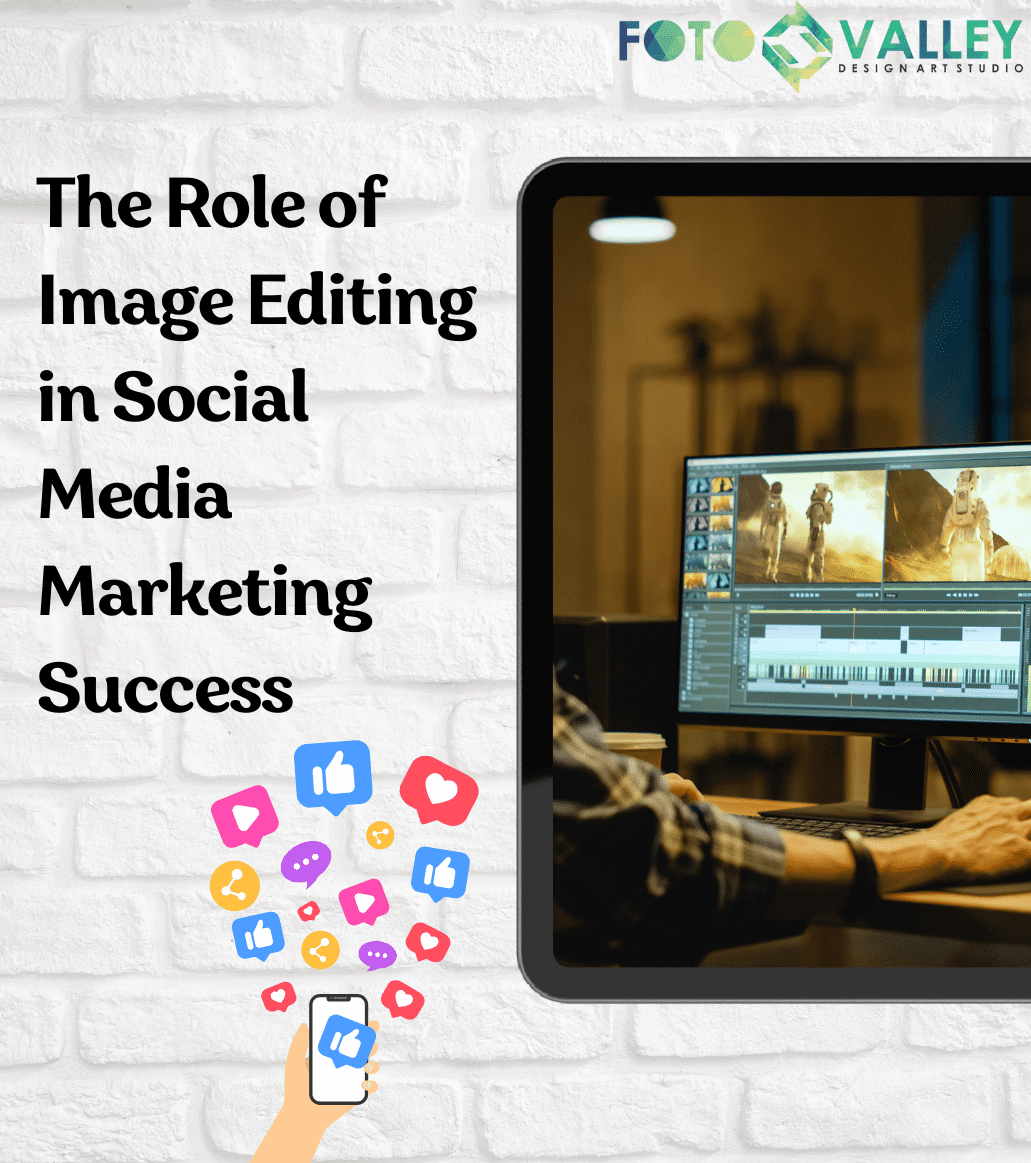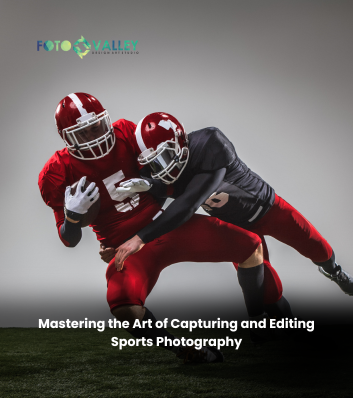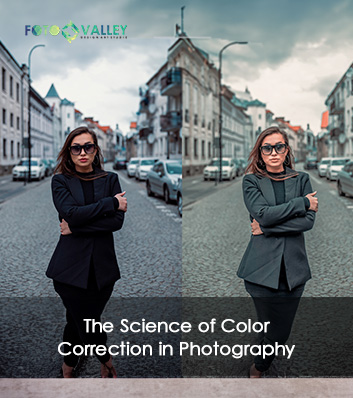The beauty of black and white portrait photography lies in its ability to emphasize all the emotions with ordinary photography – which is all about color spectrum burst in this digital era’s allied technologies.
It’s simply choosing aesthetics by steering it away from unnecessary specifics to keep the viewer embraced in its entirety. The added benefit of fab portrait photography editing skills will only emphasize in drawing out those deep emotions.
You can also seek the expertise of acclaimed and cost-beneficial photo editing services/photo enhancement services providers if you are caught up and can’t do the post-production.
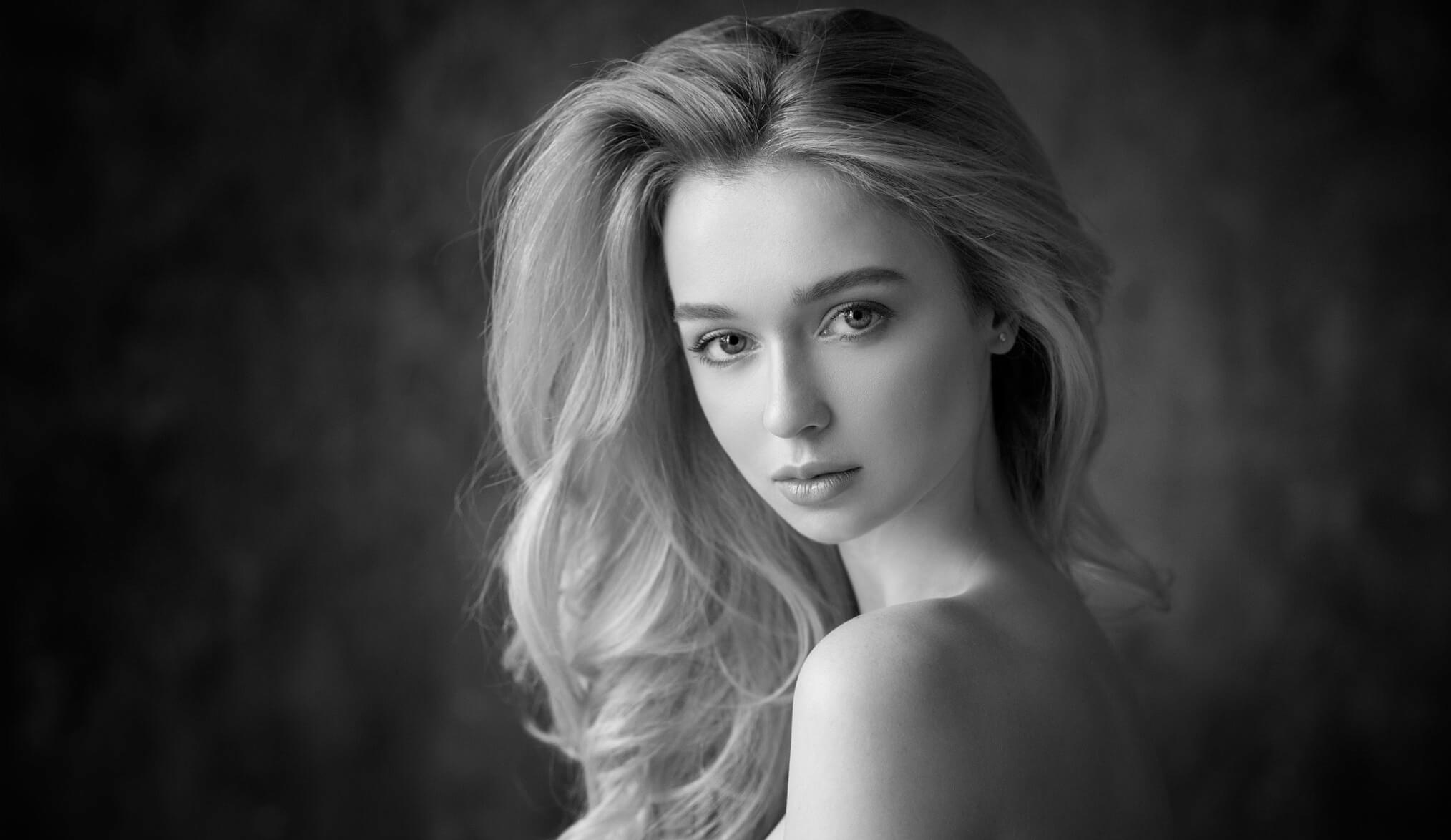
So how can you execute the perfect portrait photography in black and white to create an act of art?
Let’s explore some black and white portrait photography techniques that will warmly engage your audience
The Black and White State of Mind
The psyche should be more prominent in this type of photography, rather than the creative choice. So ensure that you want to incorporate all of the monochrome elements – especially the contrast in tonality, lighting, and the subject’s right expressions. The way to start with a monochrome camera setting, if you are unsure of how your image would turn out. This way there’s a trial and error opportunity so that you can prepare yourself for the final shoot.
Shoot in RAW
The advantage is that if your post-processing goes bummer, the RAW file will help retain the original aspects of the image such as the color data, and will help you decide if it’s suited for black and white. This format is highly versatile for post-production and you can do the process in any way you choose to.
Emphasis on Eyes, Expressions, and Poses
The eyes are the most important part as they will be the focal point of your portraits. The graphic forms and shapes are highlighted due to lack of color in the images and the eyes are the most recognizable part/shape that draws an immediate focus from your audience. While shooting, it is important to capture the eyes with the perfect focus and should be well lit.
Next, give more emphasis on capturing the subject’s facial features and accompanied expressions, even the minutest ones. Expressions such as raised eyebrows, a standout dimple of the subject, the overall patterns around the mouth area, the contour formation under the eyes while your subject smiles, etc. Also, ask your subject to respond/react to certain words or phrases, even emotional ones like happy, love, sad, angry, etc. For more diverse expressions try more abstract words like noodles, cartoons, Game of Thrones, etc. It eases the model’s tension or nervousness and creates an upper mood.
Coming to poses, make sure they are natural, moody, and expressive. Shoot some questions towards them that produce movements for you to capture. Or give them a role/scenario to act upon, or to think about someone close to heart. Try to cut down any distractions within the frame and focus on capturing portraits alone.
Contrast with Lighting
With color out of the picture, black and white portrait photography embraces contrast that achieves stunning portraits. And the contrast is an umbrella term that you have to incorporate in your photographs – namely – shadows, highlights, shapes, lines, and textures. That’s quite technical, and achieving contrast is all about combining the dark and light tones while shuttering.
Incorporating shapes in your frame will be good for unique compositions, and you can accomplish shapes even with your subjects.
While there are no specific rules with lighting for this type of photography, high contrast requires hard lighting for hard gradations in tone. Softer contrast requires soft lighting that will give soft tones and subtler images. Make sure you understand proper lighting for this.
There’s no fixed lighting technicality, but only that it differs from individual photographers’ personal preferences. Get all that contrast of your choice with the best lighting technique, well, happens mostly with trial and error.
In the process of portrait photography editing, it’s always better to give slight contrast, focal, dodging, and burning tweaks, etc. rather than work on the whole image.
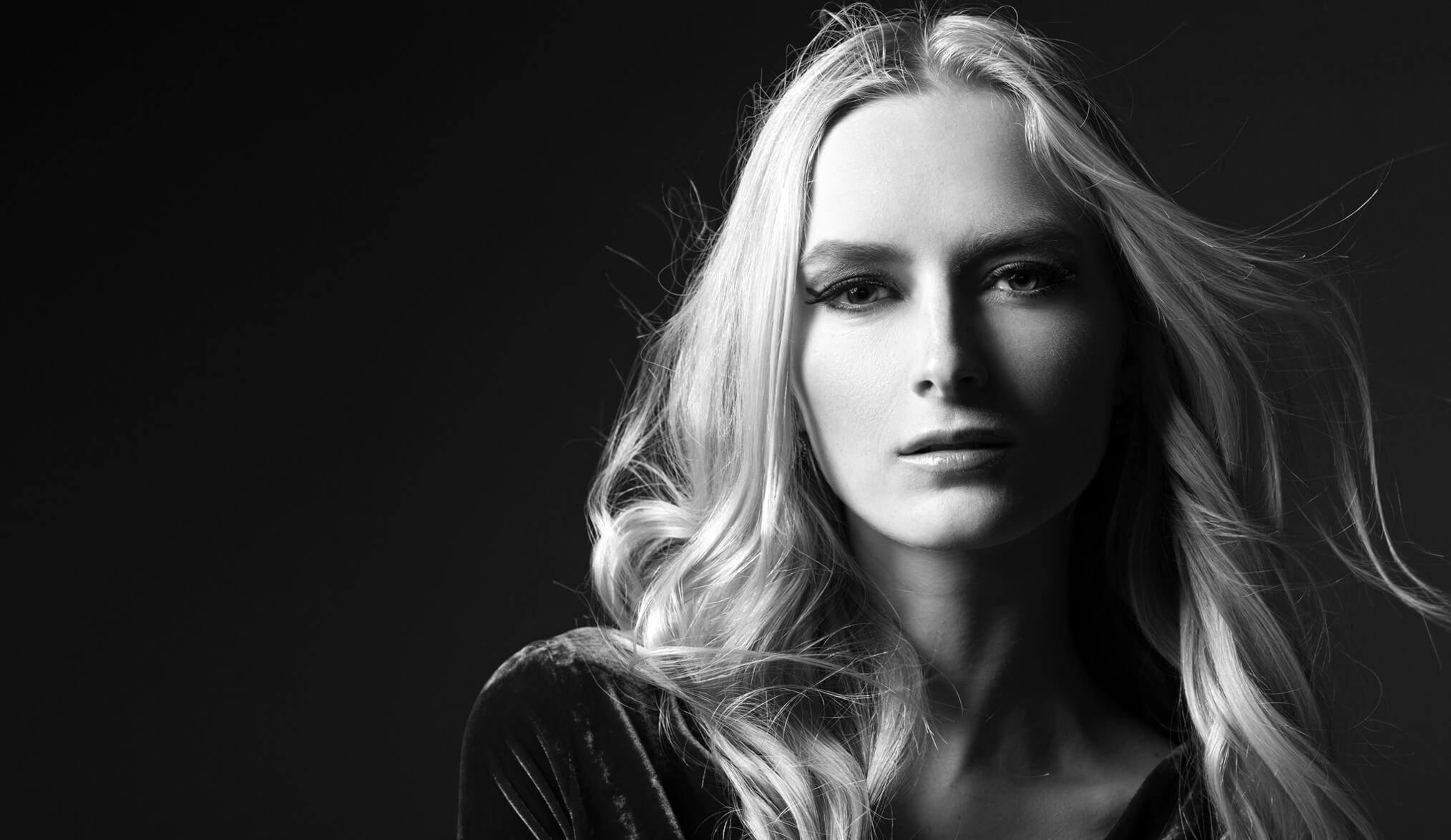
Hard and Soft Lighting
Hard light adds dimension, depth, and complexity to your subjects where there’s an intense transition from highlight to the shadow which is almost instant. Use smaller light sources (grid spots, fresnels, or even natural sunlight). Hard lighting can accentuate your subject’s facial imperfections, so you will require some good post-processing time.
Soft lighting, on the other hand, has a gradual, smooth, and balanced transition from highlight to shadow. For this set up a light and bounce it off of a reflector or shoot it through a diffusion panel. Also, you can use controlled window light and natural light as sources.
The Important Aspect and Location/Setup
Your subject’s eyes are the prominent aspect in a black and white photograph as it can hold a deep and meaningful, fun and playful, dark and mysterious, storytelling effect no matter what. So try as much as possible to capture all that will sink your audience deeper into your photograph with your subject’s eyes.
You can setup up your shoot on locations that can brightly light up your subject’s face, where the light falloff is pretty abrupt around starting about the ears or back of the head. Naturally lit, open shade area, with triple-sided surroundings is mostly preferable for this type of shoot. Your subject should be positioned in the shade and proximity to the line of light.
Make sure your subject is not overly lit with natural light, and if you can find backgrounds that blend with the subject, it’s always worthwhile.
Camera Settings to Consider
The trial and error method is the best to implement in black and white portrait photography by completely embracing the moment. A fast lens with the shutter speed accordingly to how the situation demands, wide-open shooting technique, aperture set to either f/1.4, f/2.2, or f/3.2. The ISO could be on the 400 range or depending on your preference, and make adjustments and continuously improvise.
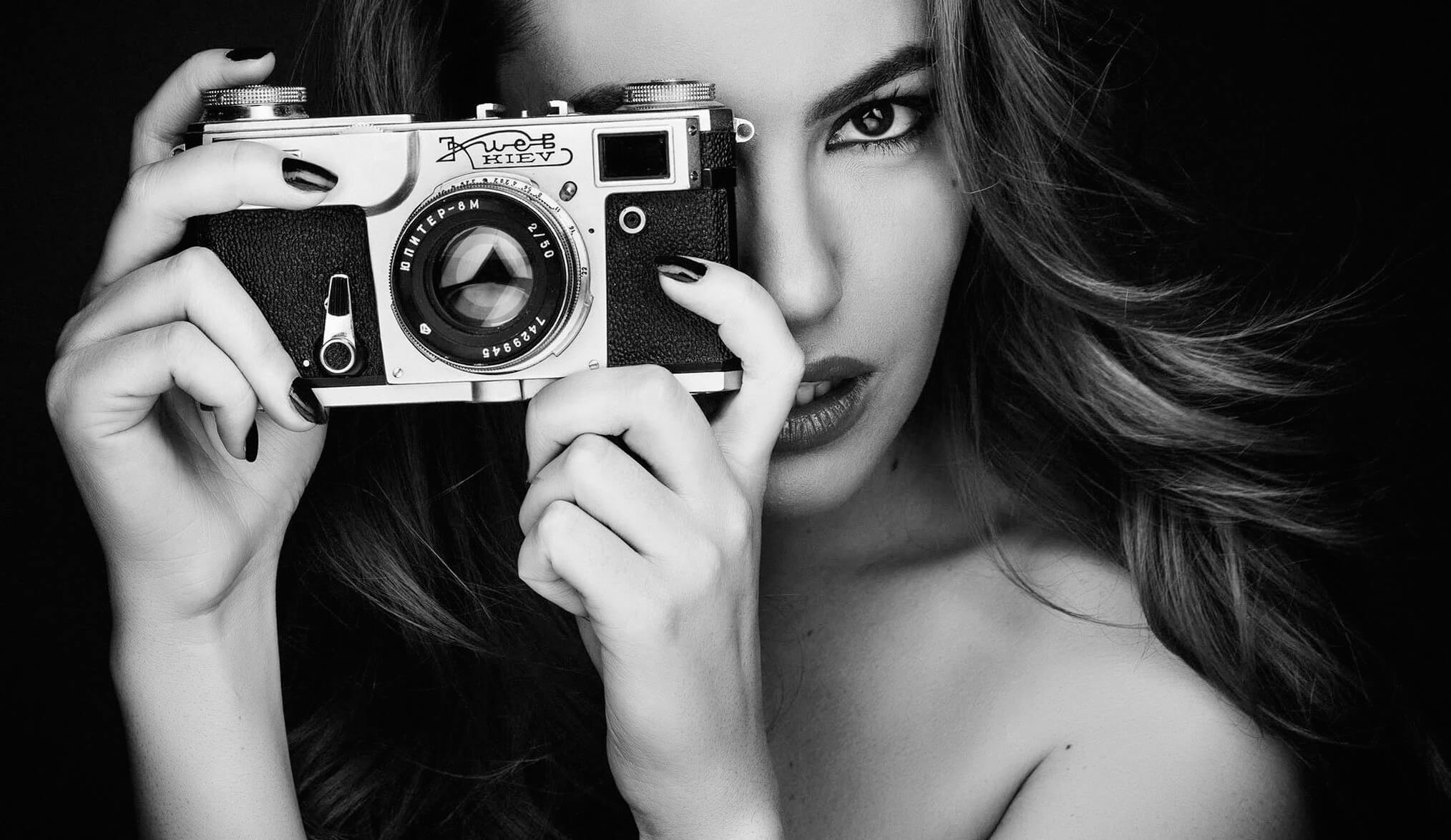
Post Processing
It’s better to go for simple post-processing, with tweaks or adjustments on exposure, deepen blacks or shadows, etc. Don’t overdo it and you can also consider adding a tad bit of fade and sharpness levels as well. Clear off or retouch blemishes on your subject’s facial features (if needed), gain a consistent skin color. Applying the dodge and burn technique will make the image pop as well. To be precise, you can achieve all these with your camera, with the right settings, lighting, location, and what more. It’s all about figuring out what you could make the most of. So go for a slight post-production manoeuvre. Seeking help from good photo editing services/photo enhancement services is also considered if you’re on a tight budget and lacks time.
Consider these tips for your black and white portrait photography venture and it will benefit you majorly for exploring new things while you’re shooting. And keep implementing your techniques, by improvising as well.

